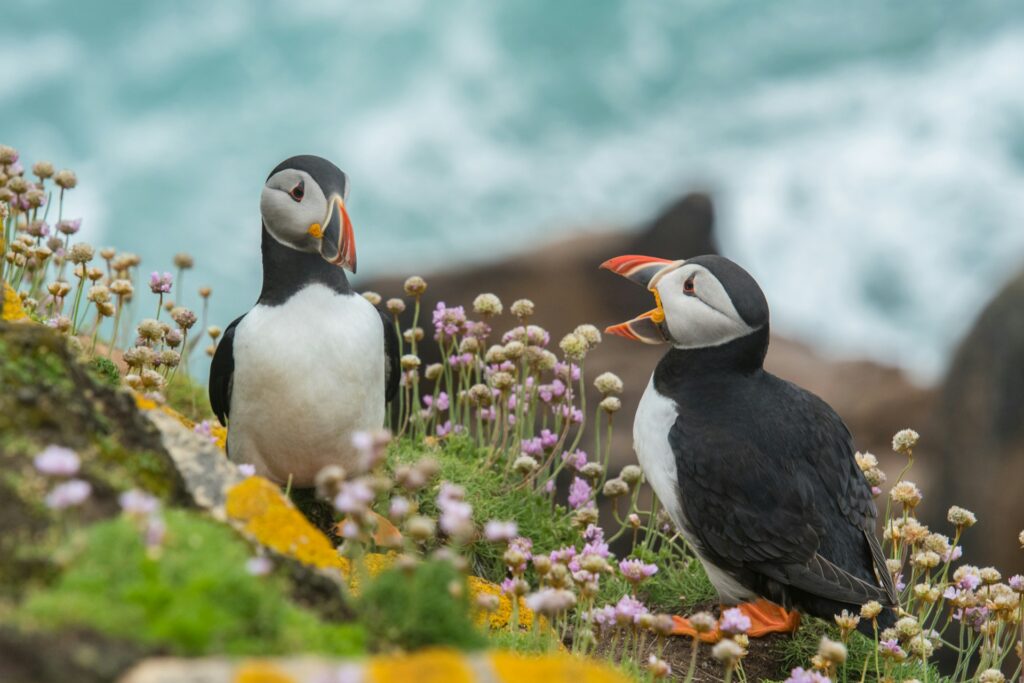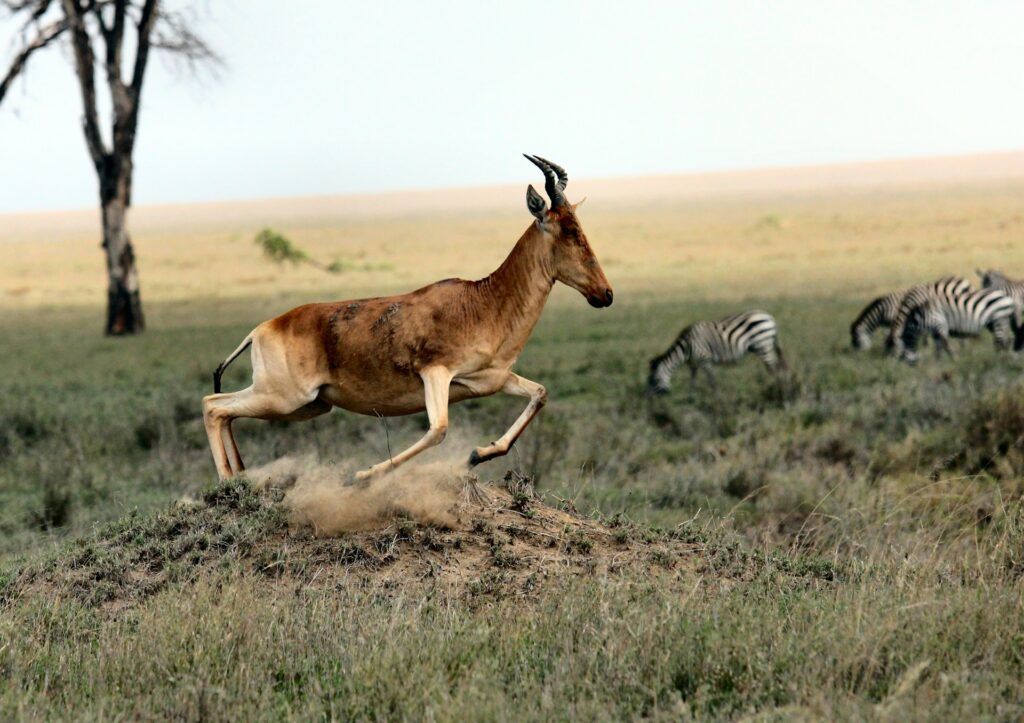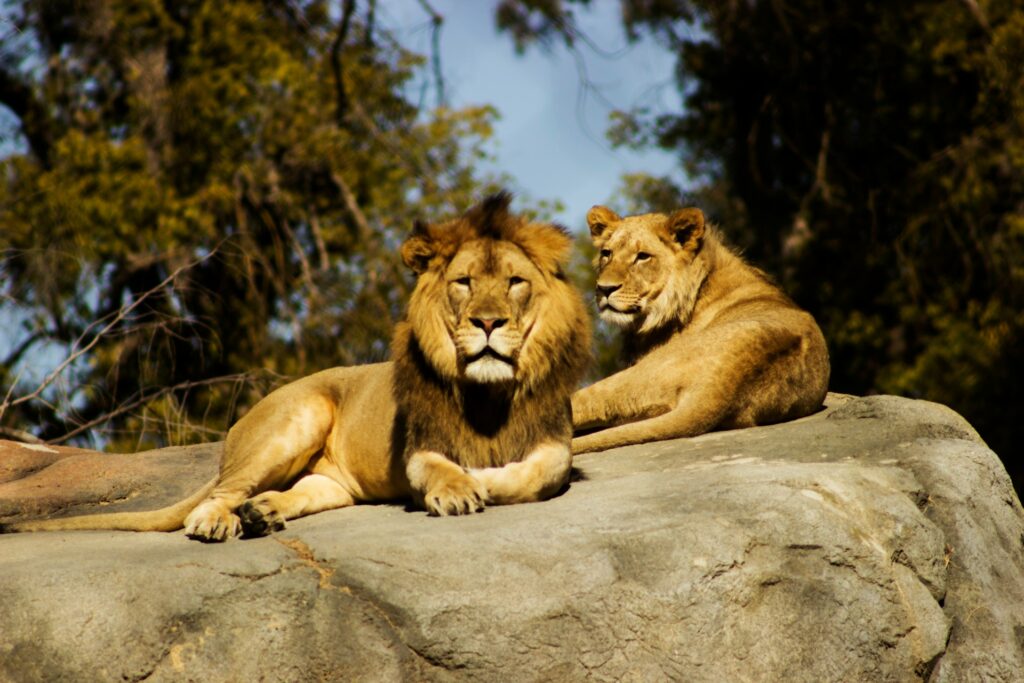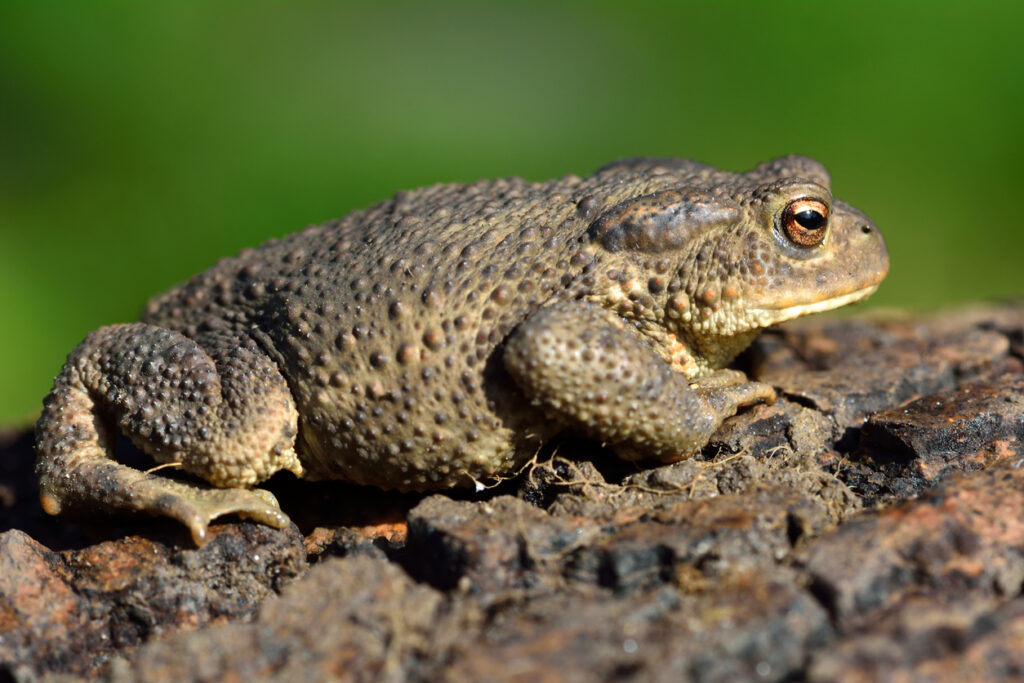When people talk about environmental issues, it’s easy to forget that habitat loss is one of the most urgent and widespread threats facing wildlife today.

While climate change often grabs headlines, it’s the physical loss of natural spaces that continues to drive the steepest declines in species populations. Forests are cleared, wetlands drained, grasslands developed, and coastlines reshaped to make way for agriculture, cities, roads, and industry. But what actually happens to the animals who depend on those ecosystems? The answer is complex, devastating, and deeply tied to the long-term survival of countless species.
Habitat loss is one of the biggest drivers of extinction.

According to the Intergovernmental Science-Policy Platform on Biodiversity and Ecosystem Services (IPBES), more than 1 million species are currently at risk of extinction, and habitat destruction is the leading cause. It’s a sobering statistic that speaks to the scale of disruption occurring across ecosystems.
When habitats are cleared, fragmented, or degraded, animals lose access to the very basics they need to survive—food, water, shelter, and mates. Whether it’s deforestation in the Amazon, mangrove destruction in Southeast Asia, or savanna conversion in Africa, animals are pushed into ever-smaller, disconnected pockets of land.
Some manage to hang on in degraded landscapes or adapt temporarily, but many do not. Species that rely on very specific habitat types, like the Bornean orangutan, are particularly at risk. As palm oil plantations replace rainforests, these apes lose their food sources, nesting areas, and safe routes for movement, causing populations to crash.
Fragmented habitats disrupt everything.

Even when small patches of natural land are left behind, dividing them with roads, farms, or settlements can create ecological “islands”. These isolated areas are often too small or disconnected to support healthy populations. Animals become stranded, unable to move between breeding or feeding grounds, which reduces genetic diversity and increases the risk of inbreeding and disease.
A 2022 study in Science revealed that habitat fragmentation has significantly reduced the natural movement of mammals worldwide, with reductions of up to 40% in some landscapes. This disruption to natural movement patterns is particularly dangerous for migratory species, such as caribou, elephants, and wildebeest, which rely on open corridors to find seasonal resources.
Fragmentation also affects predator-prey dynamics, plant pollination, and nutrient cycling. As fewer species interact in once-diverse ecosystems, these systems begin to unravel. Once the balance is gone, it’s difficult to restore.
Animals are pushed into human territory.

As wild habitats disappear, many animals are left with no choice but to enter human-dominated areas. This leads to more frequent (and often deadly) run-ins. Elephants raid crops in India, leopards are spotted in urban areas in South Africa, and monkeys scavenge in cities across Southeast Asia. These animals are usually viewed as pests, and responses from people range from relocation to lethal force.
But it’s not just about direct conflict. These interactions increase the risk of disease transmission. When wild animals are forced into close proximity with humans and livestock, the chances of viruses jumping species rise dramatically. Zoonotic diseases, those that transfer from animals to humans, are responsible for over 60% of emerging infectious diseases. The link between habitat loss and the spread of pandemics is now widely recognised in global health circles.
Habitat loss and climate change are interconnected.

As the climate warms, many animals are trying to shift their ranges to find cooler or more suitable environments. But when their natural corridors are blocked, or when replacement habitats don’t exist, they hit a dead end. Amphibians, reptiles, and insects are particularly vulnerable due to their dependence on microclimates and moisture levels.
Coral reefs, often considered the rainforests of the ocean, are experiencing habitat loss on multiple fronts: rising sea temperatures, pollution, acidification, and destructive fishing practices. These reefs support a quarter of all marine species, yet half of the world’s coral cover has been lost in the last few decades.
The loss of habitats also drives climate change. Forests, wetlands, and grasslands store massive amounts of carbon. When they’re destroyed, that carbon is released into the atmosphere. The Amazon, once a vital carbon sink, is now emitting more carbon than it absorbs due to deforestation and fires.
Some animals are adapting, but adaptation has limits.

Some species show remarkable flexibility. Urban foxes have learned to navigate traffic and scavenge bins. Birds like peregrine falcons nest on skyscrapers. Raccoons and coyotes have expanded into suburban neighbourhoods. These are examples of opportunistic generalists—species that can survive in a wide range of conditions.
But these are exceptions, not the rule. Many animals, especially those with specialised diets, complex social structures, or slow reproductive rates, struggle to adapt to rapid change. The cheetah, for instance, requires large open spaces for hunting. The pangolin relies on specific types of ant and termite mounds. Frogs and salamanders need clean, undisturbed water bodies for breeding. When these conditions vanish, so do they.
Adaptation also doesn’t happen overnight. Evolution takes time, and the pace of habitat loss is far outstripping the ability of most species to keep up.
What can be done to reverse the trend?

Reversing habitat loss won’t happen through isolated efforts. It requires systemic change. That means protecting what’s left, restoring what’s been damaged, and rethinking the way we use land and resources.
Protected areas like national parks and wildlife reserves are essential, but they’re not enough on their own. Many are too small, poorly enforced, or fragmented. Creating wildlife corridors, or stretches of land that connect isolated habitats, can help animals move, migrate, and find mates. Examples include the Yellowstone-to-Yukon corridor in North America and plans for elephant corridors in India.
Community-led conservation is also showing promise. In parts of Africa and Latin America, local and Indigenous groups are managing forests and grasslands in ways that support both wildlife and people. Their knowledge, combined with legal protection and support, often results in more sustainable outcomes than top-down approaches, research has found.
Large-scale restoration projects, such as reforesting the Atlantic Forest in Brazil or rewilding abandoned agricultural land in Europe, show what’s possible. These efforts not only bring back biodiversity but also improve soil health, increase water retention, and help fight climate change.
Technology is also helping. Satellite imagery, camera traps, and drone surveillance are being used to track illegal deforestation and monitor wildlife movements. These tools make conservation efforts more precise, responsive, and accountable.
Habitat loss doesn’t happen in a vacuum.

It’s the result of choices—about land, development, consumption, and priorities. When natural spaces vanish, animals don’t just disappear quietly. They suffer. They flee. They starve. And eventually, many fade out altogether.
But this is not a hopeless situation. Because humans created the problem, humans can also solve it. That starts with recognising that our fate and the fate of wildlife are deeply connected. We need healthy ecosystems to breathe clean air, grow food, regulate the climate, and enjoy life on this planet.
If we want a future with wild places, songbirds, coral reefs, elephants, and frogs, then protecting habitats must be a global priority not just in policy rooms, but in everyday decisions. The silence of a lost species is forever. But there’s still time to keep those voices part of our world.